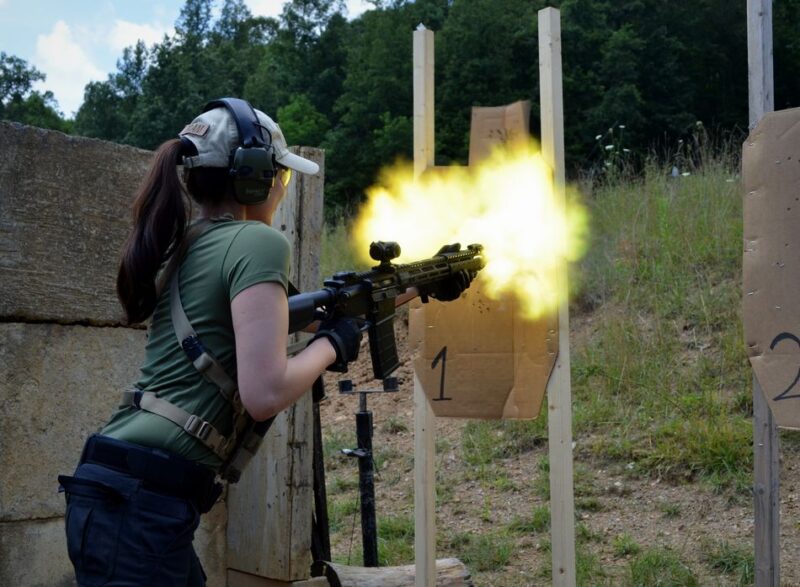In todays unpredictable world, the role of an executive protection agent has evolved beyond mere physical defense—an intricate dance of strategy, awareness, and psychological acumen. As threats become more sophisticated, so too must the training that prepares these guardians.
Psychological resilience, often overshadowed by tactical drills and physical fitness, emerges as a crucial component of effective executive protection training. It is not enough to train agents to react to physical threats; they must also be equipped to manage the psychological strains inherent in high-stakes environments.
The ability to stay calm amidst chaos, make swift decisions under pressure, and recover swiftly from adverse situations can spell the difference between success and failure. Integrating psychological resilience into training regimens not only prepares agents for the challenges they face but also enriches their capacity to protect their charges with a steadfast, composed demeanor.
As we delve deeper into this topic, we will uncover why understanding the mental landscape is as vital to executive protection as the tools and techniques employed in the field.
The Importance of Psychological Resilience in High-Stress Environments

In high-stress environments, where unpredictability often reigns, the ability to maintain psychological resilience is not just advantageous—its essential. When executive protection professionals encounter threats, intense scrutiny, or critical decision-making moments, their mental fortitude can be the difference between effective action and disastrous missteps.
This resilience allows them to remain calm under pressure, process complex information rapidly, and adapt strategies on the fly, ensuring both their safety and that of their clients. It fosters a mindset where challenges are seen not merely as obstacles but as opportunities for growth and learning.
Moreover, nurturing psychological resilience enhances teamwork, as individuals who are resilient tend to support one another, fostering a cohesive unit that thrives even in the face of adversity. Ultimately, equipping security personnel with the tools to bolster their mental resilience can lead to superior operational outcomes, allowing them to navigate the treacherous waters of high-stakes protection with confidence and competence.
Techniques for Developing Resilience in Executive Protection Personnel

Developing resilience in executive protection personnel is a multifaceted endeavor that requires a blend of strategic training and psychological insight. One effective technique is scenario-based training, where team members are immersed in high-pressure simulations that mimic real-world threats, allowing them to practice decision-making and stress management in a controlled environment.
Another powerful approach is mindfulness training, which teaches agents to cultivate present-moment awareness, enabling them to remain calm and focused during crises. Additionally, fostering a culture of open communication and peer support within the team can help personnel process their experiences, share coping strategies, and build emotional strength collectively.
Incorporating continuous education on mental health resources ensures that personnel can recognize signs of stress and seek help without stigma, ultimately promoting a more resilient, cohesive unit ready to face any challenge.
Integrating Psychological Training into Traditional Executive Protection Programs

Integrating psychological training into traditional executive protection programs transforms the very fabric of security operations. Imagine a scenario where an executive protection agent finds themselves in a high-stress environment, fraught with potential threats.
Their technical skills might be impeccable, but what about their mental fortitude? By embedding psychological resilience training into the curriculum, operatives can develop tools to navigate not only physical dangers but also the mental mazes of anxiety, fear, and decision-making under duress. This multifaceted approach fosters a deeper understanding of human behavior—both their own and that of potential adversaries.
The training would span various techniques, from mindfulness and stress management to role-playing scenarios that simulate high-pressure situations, encouraging cognitive flexibility. As a result, executive protection agents become not just guardians of safety, but also pillars of emotional stability, equipped to handle the unpredictable labyrinth of modern threats with poise and clarity.
Conclusion
In conclusion, integrating psychological resilience into executive protection training is essential for cultivating not only more effective security professionals but also for ensuring the wellbeing of those they protect. As the landscape of threats continues to evolve, the ability to navigate high-stress situations with mental fortitude becomes paramount.
Training programs like those offered at Pacific West Academy recognize the critical importance of this aspect, equipping operatives with the skills necessary to manage challenges effectively. By prioritizing psychological resilience, the field of executive protection can enhance its effectiveness, ultimately fostering a safer environment for clients and practitioners alike.

